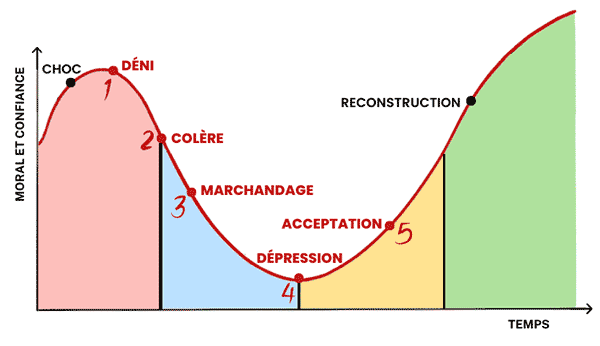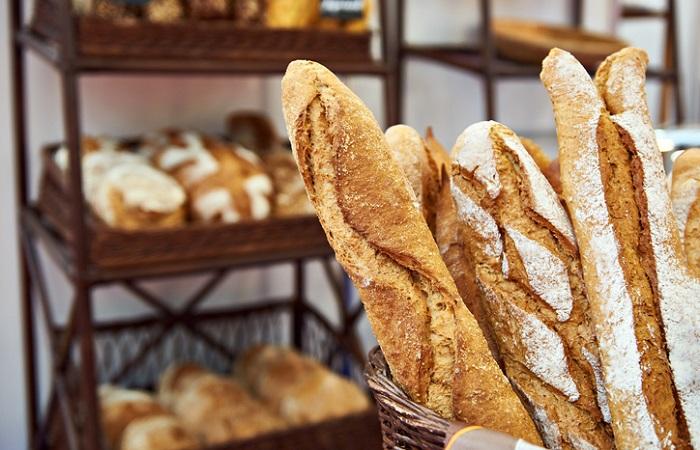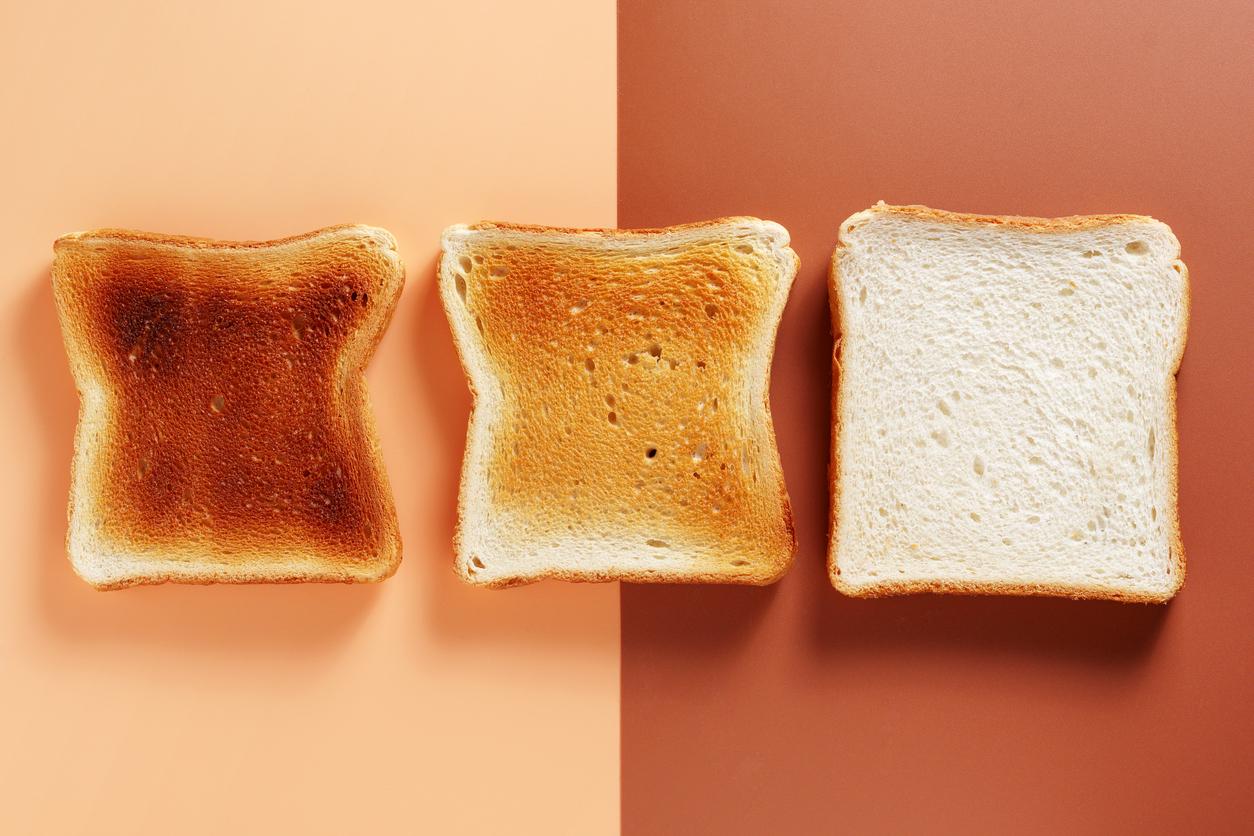In March 2022, during the Salon de l’Agriculture, baking professionals committed to reducing the salt content in bread in less than 4 years. Firstly, the salt content of the baguette was reduced to 1.5g of salt/100g. But from October 1, the salt content of all breads, common or special, will drop.
We should not consume more than 5g of salt per day
To meet the wishes of the World Health Organization (WHO) which recommends that adults do not consume more than 5 g of salt per day and that children do not exceed 2 g of salt per day, bakers will adapt their recipes and follow the following recommendations:
- 1.4g of salt/100g for common breads
- 1.3g of salt/100g for wholemeal breads or cereals
- 1.2g of salt/100g for sandwich bread
Which, concretely, will give the following salt contents:
- The baguette will not exceed 3.5g of salt (a baguette weighing 250g
- A 400g wholemeal loaf will not exceed 5.2g of salt
- A slice of sandwich bread will not exceed 0.38g of salt (a slice is 35g)
And by October 2025, sandwich bread will have to improve further to meet the objective of 1.1g of salt/100g.
Why eat less salt?
We know that salt raises our blood pressure and that hypertension is a major factor in strokes, heart failure and heart attacks. There is also growing evidence of a link between high salt intake and stomach cancer.
To achieve less than 5g of salt (a little less than a teaspoon) per day, it is not enough to stop re-salting dishes at the table. In fact, 80% of the salt consumed is already present in foods: in ready-made meals, frozen meals, soups, sauces, chips and aperitif biscuits of course but also in pastries and bread. Here we give you the list of foods that are too salty that it is better to avoid eating too often.














